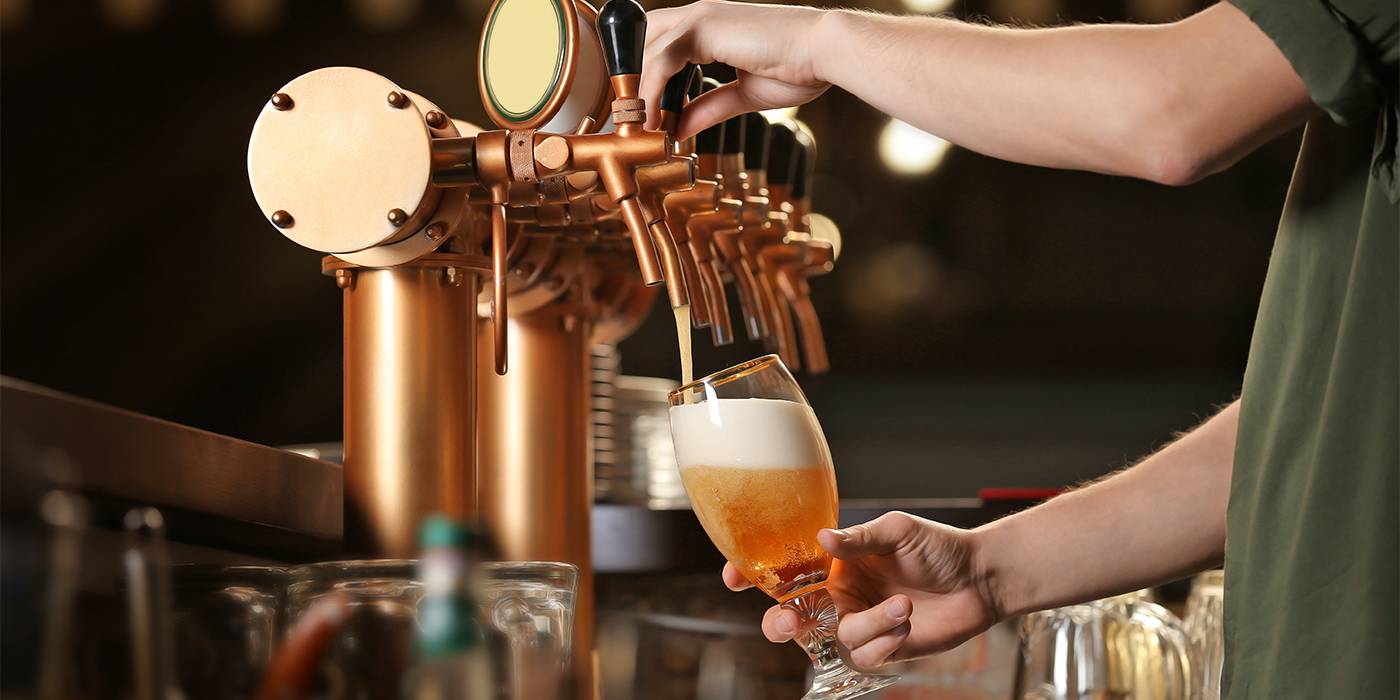How do you make alcohol-free beer?
Do you know the brewing process of alcoholic-free beer? Although similar to conventional beers, there are some very different steps.

Julio Cerezo - Beer Sommelier
Director of Sabeer Beer Academy
Alcohol-free beer has gained prominence in recent years, partly due to the needs of many people who are advised by their doctors to avoid alcohol, but also because others who simply want to reduce their intake are substituting or alternating their consumption with alcohol-free options.
The benefits of drinking alcohol-free beer extend beyond the well-known advantages of avoiding intoxication, enabling safe driving, and preventing interactions with medications. Additional benefits include its lower calorie content and greater hydrating ability compared to alcoholic beers. Some studies have even described the potential benefits of moderate consumption of alcohol-free beer during pregnancy and after physical exercise.
Despite the widespread availability of alcohol-free beer and Spain being a global leader in its consumption, many enthusiasts still do not fully understand the production process and how it differs from that of traditional alcoholic beers. Let’s have a look at the most common methods for producing alcoholic-free beer.
The first industrial-scale productions of alcohol-free beer seem to have originated during Prohibition in the United States in the early 20th century. As you may know, this law prohibited the production, sale and consumption of alcoholic beverages. Starting with a finished standard beer, manufacturers would heat the liquid to above 78°C, at which point the alcohol begins to evaporate. However, they would avoid reaching 100°C to prevent the evaporation of water. While the process was simple, the heating process significantly affected the flavour of the beer, resulting in a product that was not very palatable.

With successive technical advancements, that pioneering process has been progressively improved, always to preserve the beer's organoleptic profile as much as possible. For example, the pressure in the tank in which the liquid is heated has been considerably reduced to lower the evaporation temperature of the alcohol. This much more moderate heating alters the taste of the initial beer to a lesser extent and improves the product substantially.
Alongside methods that focus on removing alcohol, some approaches aim to prevent its formation in the first place. These are known as controlled fermentation processes, where the brewmaster carefully manages the temperatures and timing of yeast contact with the wort to drastically reduce sugar metabolism and, consequently, alcohol production.
A shortened fermentation period of just a few hours, combined with a wort temperature that is unfavourable for yeast strains, hinders their activity and results in a beer with almost negligible alcohol content.

Thanks to ongoing research in the brewing industry, new alcohol-free beers are continually reaching the market. These beers, made using various methods, are increasingly achieving the aroma and flavour desired by consumers. Here are a few examples of this effort that you can find on the shelves:
- Mahou 0.0 Tostada > a new category within the world of 0,0 beers, where the roasting of the grain defines the beer’s aroma and flavour.
- Amstel Radler 0.0 > a refreshing version of the popular radlers, with zesty lemon notes and no alcohol.
- Celestial IPA alcohol-free > a step further for those who love the aromas and flavours of hops, featuring this American-inspired IPA with less than 1% alcohol.
Cheers!
What do you think about?
Share comments, opinions and tricks with the Community







